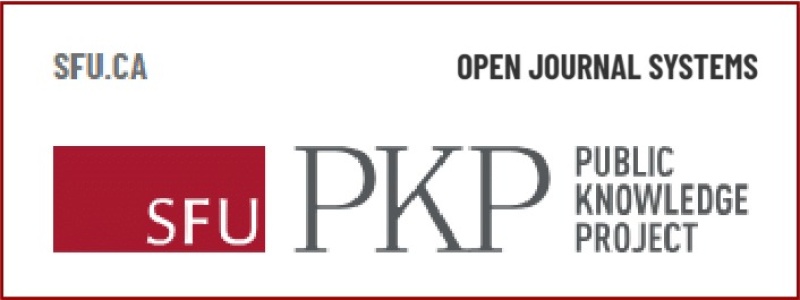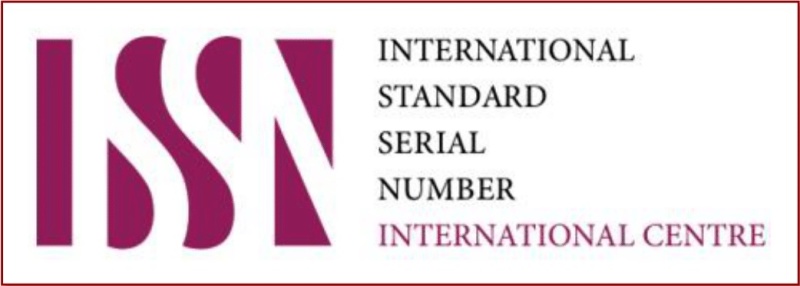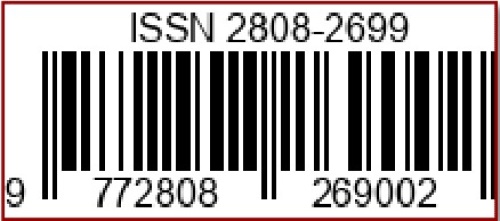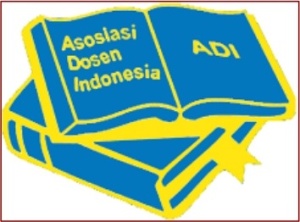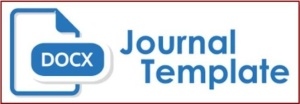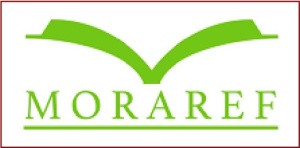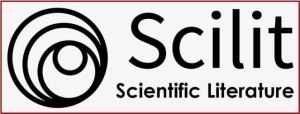Monitoring Kualitas Air Berdasarkan Parameter Fisika, Kimia, dan Biologi di Sungai Belimbing, Lombok Timur
DOI:
https://doi.org/10.36312/educatoria.v5i3.712Keywords:
Water Quality, East Lombok, Pollution, Belimbing RiverAbstract
River water quality monitoring is necessary to maintain the sustainability of aquatic ecosystems and ensure the availability of clean water. The Belimbing River in East Lombok Regency has the potential to experience quality decline due to domestic and agricultural activities in the surrounding area. This study was conducted in the dry season (April) and the rainy season (October) 2024 with sampling at three points (upstream, middle, and downstream). The sampling method used the grab sampling technique, with three replications at each point. Samples were stored in sterile bottles, placed in a cool box at a temperature of ±4°C, and analyzed a maximum of 24 hours after collection. The parameters analyzed included physical (TSS), chemical (pH, DO, BOD, COD, nitrate, and phosphate), and biological (fecal coliform). The analysis was carried out in the laboratory using the standard method SNI 6989.72:2009, with a UV-Vis spectrophotometer for nitrate and phosphate, an oven for TSS, and a titration method for BOD and COD. Fecal coliform analysis used the Most Probable Number (MPN) method. The results showed that most parameters exceeded the Class II water quality standards set by Government Regulation Number 22 of 2021, especially in the downstream area during the dry season. TSS values reached 134 mg/L, BOD 12 mg/L, COD 115 mg/L, and fecal coliform 9,600 MPN/100 mL. The main sources of pollution were domestic waste, agricultural runoff, and poor sanitation. It can be concluded that the water quality of the Belimbing River indicates moderate to severe pollution. Integrated watershed management, community-based waste management, and environmental education are needed to sustainably restore the river's condition.
Downloads
References
Aashiq, U., Khalid, A., Alam, M., & Hassan, S. S. (2020). Community-Based Management Strategies in Sustainability of Rural Water Supply Schemes. Review of Applied Management and Social Sciences, 3(2), 271-278. https://doi.org/10.47067/ramss.v3i2.63
Adriana, V., Langsa, M. H., & Afkril, B. (2025). Pengaruh Partikel Tersuspensi dari Berbagai Variabel Hidrologi terhadap Kualitas Air Sungai Maruni di Kabupaten Manokwari. Cassowary, 8(2), 48-59. https://doi.org/10.30862/casssowary.cs.v8.i2.453
Aprilianti, W., Yusuf, M., & Wulandari, S. Y. (2023). Analisis Total Padatan Tersuspensi (TSS) dan Nitrat (NO3-N), serta Penentuan Indeks Pencemaran di Perairan Pantai Rebo, Kabupaten Bangka. Indonesian Journal of Oceanography, 5(4), 230-238. https://doi.org/10.14710/ijoce.v5i4.16846
Arbi, F. (2023). Analisis Bakteri Coliform pada Air Wisata Pantai Paris Tigaras. Bioma : Jurnal Biologi dan Pembelajarannya, 5(2), 54-63. https://doi.org/10.31605/bioma.v5i2.3083
Badan Standardisasi Nasional. (2009). Air dan Air Limbah Bagian 72: Metode Pengambilan Contoh Air Limbah (SNI 6989.72:2009). Jakarta: Badan Standardisasi Nasional.
Effendi, H. (2015). Telaah Kualitas Air: Bagi Pengelolaan Sumber Daya dan Lingkungan Perairan. Yogyakarta: Kanisius.
Effendi, H., Romanto, R., & Wardiatno, Y. (2015). Water Quality Status of Ciambulawung River, Banten Province, Based on Pollution Index and NSF-WQI. Procedia Environmental Sciences, 24(15), 228-237. https://doi.org/10.1016/j.proenv.2015.03.030
Hastika, A. D., & Surtikanti, H. K. (2024). Pengetahuan, Kesadaran dan Sikap Masyarakat terhadap Air Limbah Rumah Tangga di Kawasan Gegerkalong Girang. Asian Journal Collaboration of Social Environmental and Education, 1(2), 72-80. https://doi.org/10.61511/ajcsee.v1i2.2024.367
Kementerian Lingkungan Hidup dan Kehutanan. (2019). Pedoman Teknis Pemantauan Kualitas Air Sungai. Jakarta: Kementerian Lingkungan Hidup dan Kehutanan Republik Indonesia.
Novita, E., Pradana, H. A., & Dwija, S. P. (2020). Kajian Penilaian Kualitas Air Sungai Bedadung di Kabupaten Jember. Jurnal Pengelolaan Sumberdaya Alam dan Lingkungan, 10(4), 699-714. https://doi.org/10.29244/jpsl.10.4.699-714
Peraturan Pemerintah Republik Indonesia Nomor 22 Tahun 2021 tentang Penyelenggaraan Perlindungan dan Pengelolaan Lingkungan Hidup. (2021). Jakarta: Pemerintah Republik Indonesia.
Purwono, P., Ristiawan, A., Ulya, A. U., Matin, H. A. A., & Ramadhan, B. S. (2019). Physical Chemical Quality Analysis of Serayu River Water, Banjarnegara, Indonesia in Different Seasons. Sustinere: Journal of Environment and Sustainability, 3(1), 39-47. https://doi.org/10.22515/sustinere.jes.v3i1.83
Rosarina, D., & Laksanawati, E. K. (2018). Studi Kualitas Air Sungai Cisadane Kota Tangerang Ditinjau dari Parameter Fisika. Jurnal Redoks, 3(2), 38-43. https://doi.org/10.31851/redoks.v3i2.2392
Sholihah, L., & Irawanto, R. (2025). Identifikasi Permasalahan dan Pengelolaan Sungai Welang. Envirous, 5(2), 8-13. https://doi.org/10.33005/envirous.v5i2.337
Sofarini, D., Yunandar, Y., Asmawi, S., Dharmaji, D., Rahim, N. F., Syahnakri, E., & Apriansyah, F. (2024). Dinamika Pasang Surut dan Kualitas Perairan Sungai Tabanio Kabupaten Tanah Laut Kalimantan Selatan. Rekayasa, 17(3), 449-462. https://doi.org/10.21107/rekayasa.v17i3.28171
Supardiono, S., Hadiprayitno, G., Irawan, J., & Gunawan, L. A. (2023). Analysis of River Water Quality Based on Pollution Index Water Quality Status, Lombok District, NTB. Jurnal Penelitian Pendidikan IPA, 9(3), 1602-1608.10.29303/jppipa.v9i3.4591
Tromboni, F., & Dodds, W. K. (2017). Relationships between Land Use and Stream Nutrient Concentrations in A Highly Urbanized Tropical Region of Brazil: Thresholds and Riparian Zones. Environmental Management, 60(1), 30-40. https://doi.org/10.1007/s00267-017-0858-8
Yogafanny, E. (2015). Pengaruh Aktifitas Warga di Sempadan Sungai terhadap Kualitas Air Sungai Winongo. Jurnal Sains & Teknologi Lingkungan, 7(1), 29-40. https://doi.org/10.20885/jstl.vol7.iss1.art3
Zhang, Q., Hu, S., Dai, W., Gu, S., Ying, Z., Wang, R., & Lu, C. (2023). The Partitioning and Distribution of Neonicotinoid Insecticides in Human Blood. Environmental Pollution, 320(1), 82-121. https://doi.org/10.1016/j.envpol.2023.121082
Downloads
Published
How to Cite
Issue
Section
License
Copyright (c) 2025 Ahmad Jupri, Nurul Aisyah, Supardiono, Lilik Hidayati, Fadli, & Pahmi Husain

This work is licensed under a Creative Commons Attribution-ShareAlike 4.0 International License.
-
Attribution — You must give appropriate credit, provide a link to the license, and indicate if changes were made. You may do so in any reasonable manner, but not in any way that suggests the licensor endorses you or your use.
-
ShareAlike — If you remix, transform, or build upon the material, you must distribute your contributions under the same license as the original.


